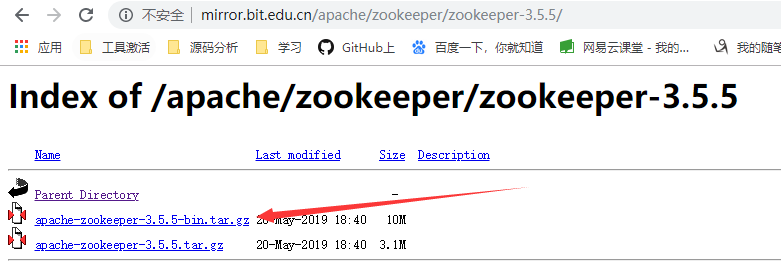I'm using react-redux and standard react-routing. I need redirect after definite action.
For example: I have registration a few steps. And after action:
function registerStep1Success(object) {
return {
type: REGISTER_STEP1_SUCCESS,
status: object.status
};
}
I want him redirect to page with registrationStep2. How to do it?
p.s. In history browser '/registrationStep2' has never been. This page appears only after successful result registrationStep1 page.
With React Router 2+, wherever you dispatch the action, you can call browserHistory.push() (or hashHistory.push() if that’s what you use):
import { browserHistory } from 'react-router'
// ...
this.props.dispatch(registerStep1Success())
browserHistory.push('/registrationStep2')
You can do this from async action creators too if that is what you use.
Have you checked out react-router-redux? This library makes it possible to sync react-router with redux.
Here is an example from the documentation of how you can implement the redirection with a push action from react-router-redux.
import { routerMiddleware, push } from 'react-router-redux'
// Apply the middleware to the store
const middleware = routerMiddleware(browserHistory)
const store = createStore(
reducers,
applyMiddleware(middleware)
)
// Dispatch from anywhere like normal.
store.dispatch(push('/foo'))
To build on Eni Arinde previous answer's (I don't have the reputation to comment), here is how to use the store.dispatch method after an async action :
export function myAction(data) {
return (dispatch) => {
dispatch({
type: ACTION_TYPE,
data,
}).then((response) => {
dispatch(push('/my_url'));
});
};
}
The trick is to do it in the action files and not in the reducers, since reducers should not have side effects.
You can use {withRouter} from 'react-router-dom'
Example below demonstrates a dispatch to push
export const registerUser = (userData, history) => {
return dispatch => {
axios
.post('/api/users/register', userData)
.then(response => history.push('/login'))
.catch(err => dispatch(getErrors(err.response.data)));
}
}
The history arguments is assigned to in the component as the a second parameter to the action creator (in this case 'registerUser')




